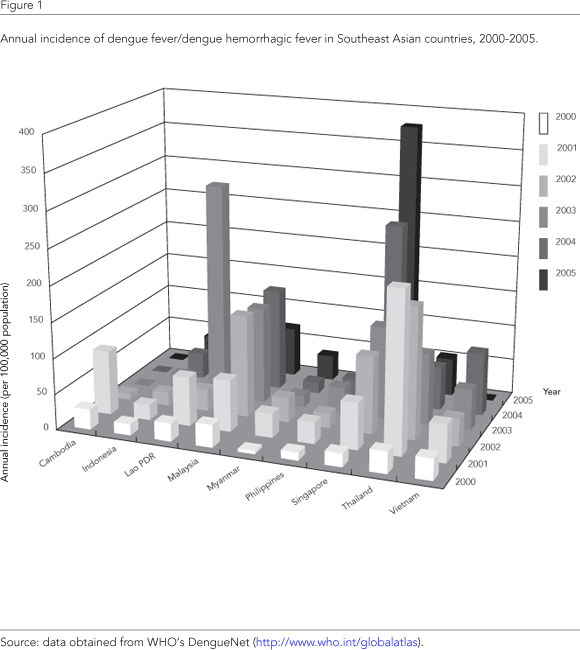Dengue emerged as a public health burden in Southeast Asia during and following the Second World War and has become increasingly important, with progressively longer and more frequent cyclical epidemics of dengue fever/dengue hemorrhagic fever. Despite this trend, surveillance for this vector-borne viral disease remains largely passive in most Southeast Asian countries, without adequate laboratory support. We review here the factors that may have contributed to the changing epidemiology of dengue in Southeast Asia as well as challenges of disease prevention. We also discuss a regional approach to active dengue virus surveillance, focusing on urban areas where the viruses are maintained, which may be a solution to limited financial resources since most of the countries in the region have developing economies. A regional approach would also result in a greater likelihood of success in disease prevention since the large volume of human travel is a major factor contributing to the geographical spread of dengue viruses.
Dengue; Disease Prevention; Communicable Diseases



